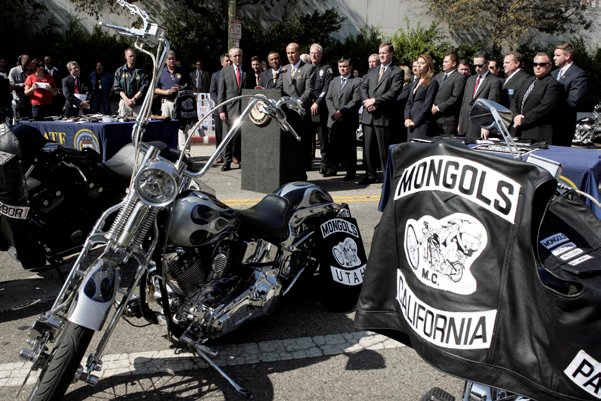| Reports - Effect of Drug Law Enforcement |
Drug Abuse
EXECUTIVE SUMMARY
Violence is among the primary concerns of communities around the world, and research from many settings has demonstrated clear links between violence and the illicit drug trade, particularly in urban settings. While violence has traditionally been framed as resulting from the effects of drugs on individual users (e.g., drug-induced psychosis), violence in drug markets and in drug-producing areas such as Mexico is increasingly understood as a means for drug gangs to gain or maintain a share of the lucrative illicit drug market.
Given the growing emphasis on evidence-based policy-making and the ongoing severe violence attributable to drug gangs in many countries around the world, a systematic review of the available English language scientific literature was conducted to examine the impacts of drug law enforcement interventions on drug market violence. The hypothesis was that the existing scientific evidence would demonstrate an association between increasing drug law enforcement expenditures or intensity and reduced levels of violence.
This comprehensive review of the existing scientific literature involved conventional systematic searching, data extraction, and synthesis methods, and adhered to the Preferred Reporting Items for Systematic Reviews and Meta-Analyses (PRISMA) guidelines. Specifically, a complete search of the English language literature was undertaken using electronic databases (Academic Search Complete, PubMed, PsycINFO, EMBASE, Web of Science, Sociological Abstracts, Social Service Abstracts, PAIS International and Lexis-Nexis), the Internet (Google, Google Scholar) and article reference lists from date of inception to October 2009.
The initial search captured 306 studies for further analysis. Of these, 15 were identified which evaluated the impact of drug law enforcement on violence: 11 (73%) presented findings from longitudinal studies using regression analysis, 2 (13%) presented theoretical models of drug market responses to drug law enforcement, and 2 (13%) presented qualitative data. Contrary to our primary hypothesis, 13 (87%) studies reported a likely adverse impact of drug law enforcement on levels of violence. That is, most studies found that increasing drug law enforcement intensity resulted in increased rates of drug market violence. Notably, 9 of the 11 studies (82%) employing regression analyses of longitudinal data found a significant positive association between drug law enforcement increases and increased levels of violence. One study (9%) that employed a theoretical model reported that violence was negatively associated with increased drug law enforcement.
The present systematic review evaluated all available English language peer-reviewed research on the impact of law enforcement on drug market violence. The available scientific evidence suggests that increasing the intensity of law enforcement interventions to disrupt drug markets is unlikely to reduce drug gang violence. Instead, the existing evidence suggests that drug-related violence and high homicide rates are likely a natural consequence of drug prohibition and that increasingly sophisticated and well-resourced methods of disrupting drug distribution networks may unintentionally increase violence. From an evidence-based public policy perspective, gun violence and the enrichment of organized crime networks appear to be natural consequences of drug prohibition. In this context, and since drug prohibition has not achieved its stated goal of reducing drug supply, alternative models for drug control may need to be considered if drug supply and drug-related violence are to be meaningfully reduced.
“In Los Angeles, gang-related homicides accounted for 43% of the 1,365 homicides that took place between 1994 and 1995.”

Los Angeles County Sheriff Lee Baca, at podium, speaks during a news conference October 21, 2008, in Los Angeles. Dozens of burly, tattoo-covered Mongol motorcycle gang members were arrested by federal agents in six states, including Washington, on warrants ranging from drug sales to murder after a three-year undercover investigation in which four agents successfully infiltrated the group. (AP photo / Ric Francis)
| < Prev | Next > |
|---|












